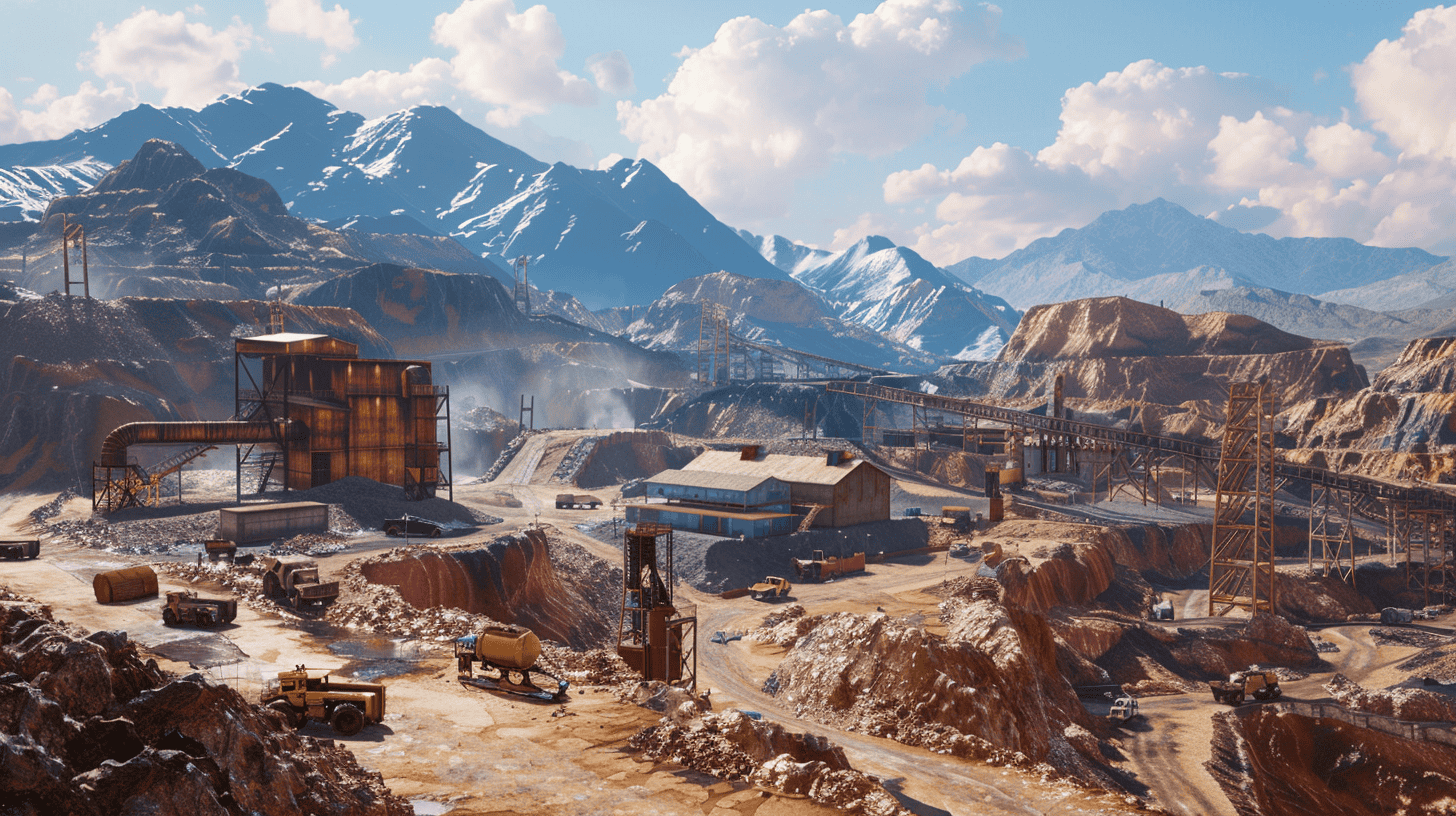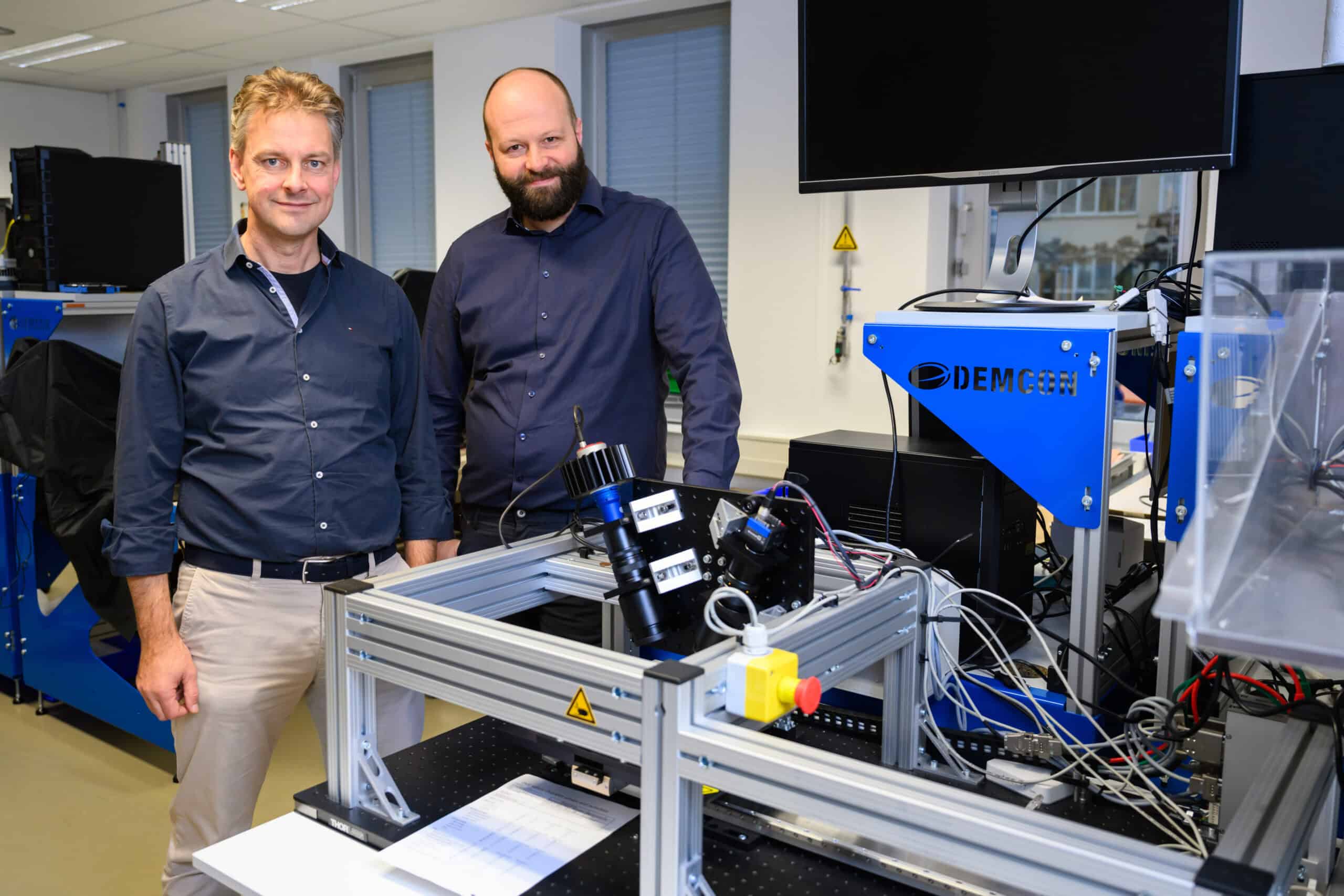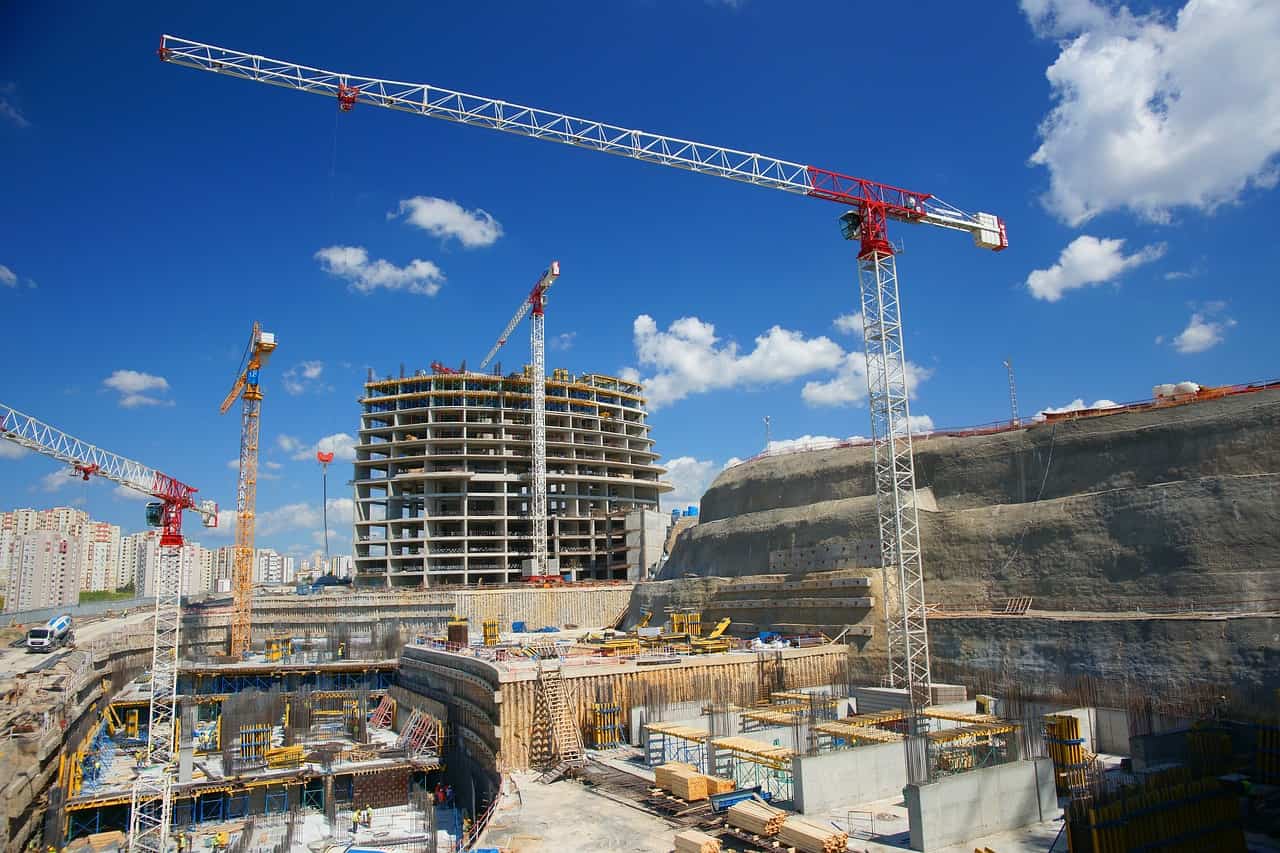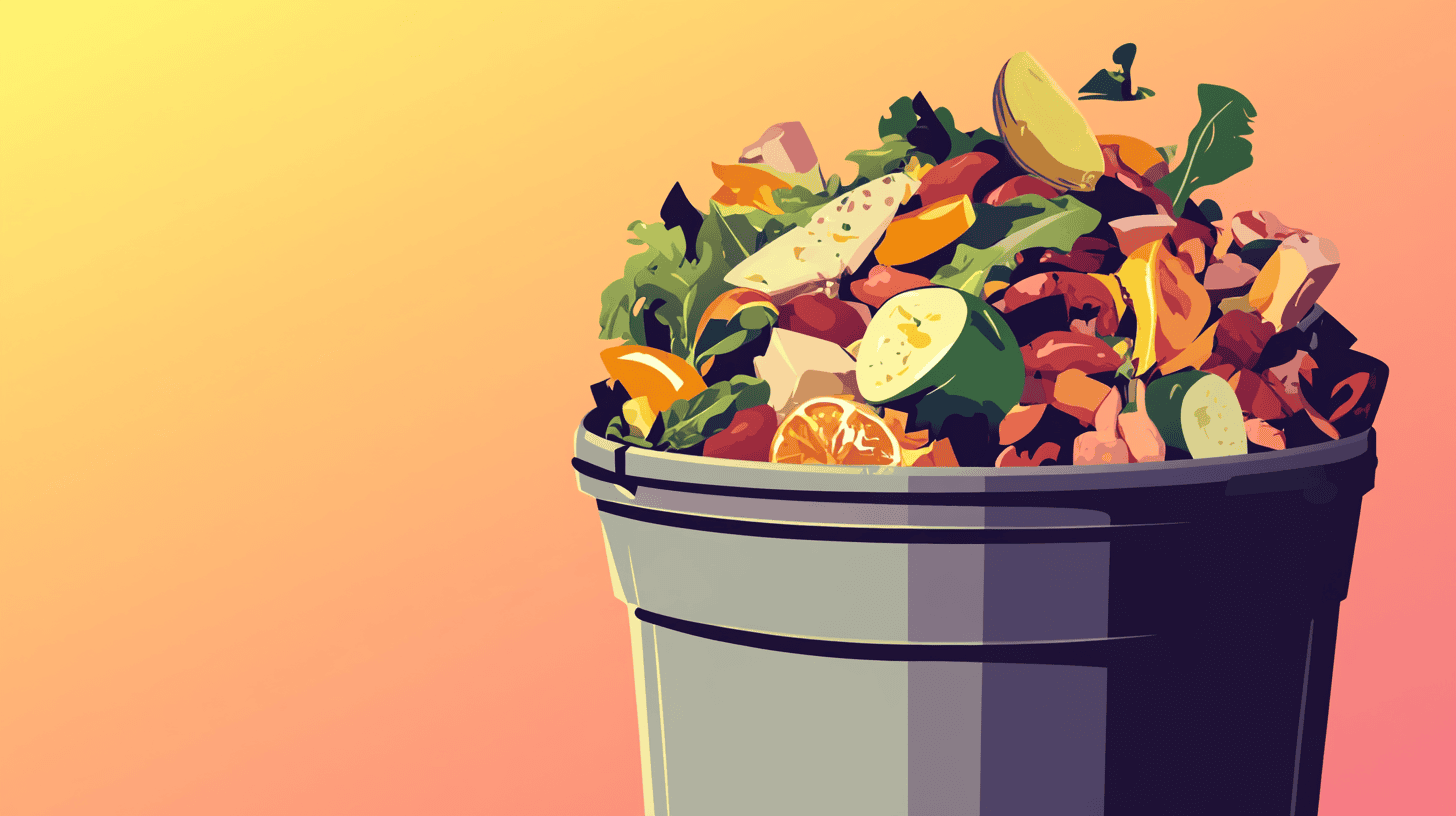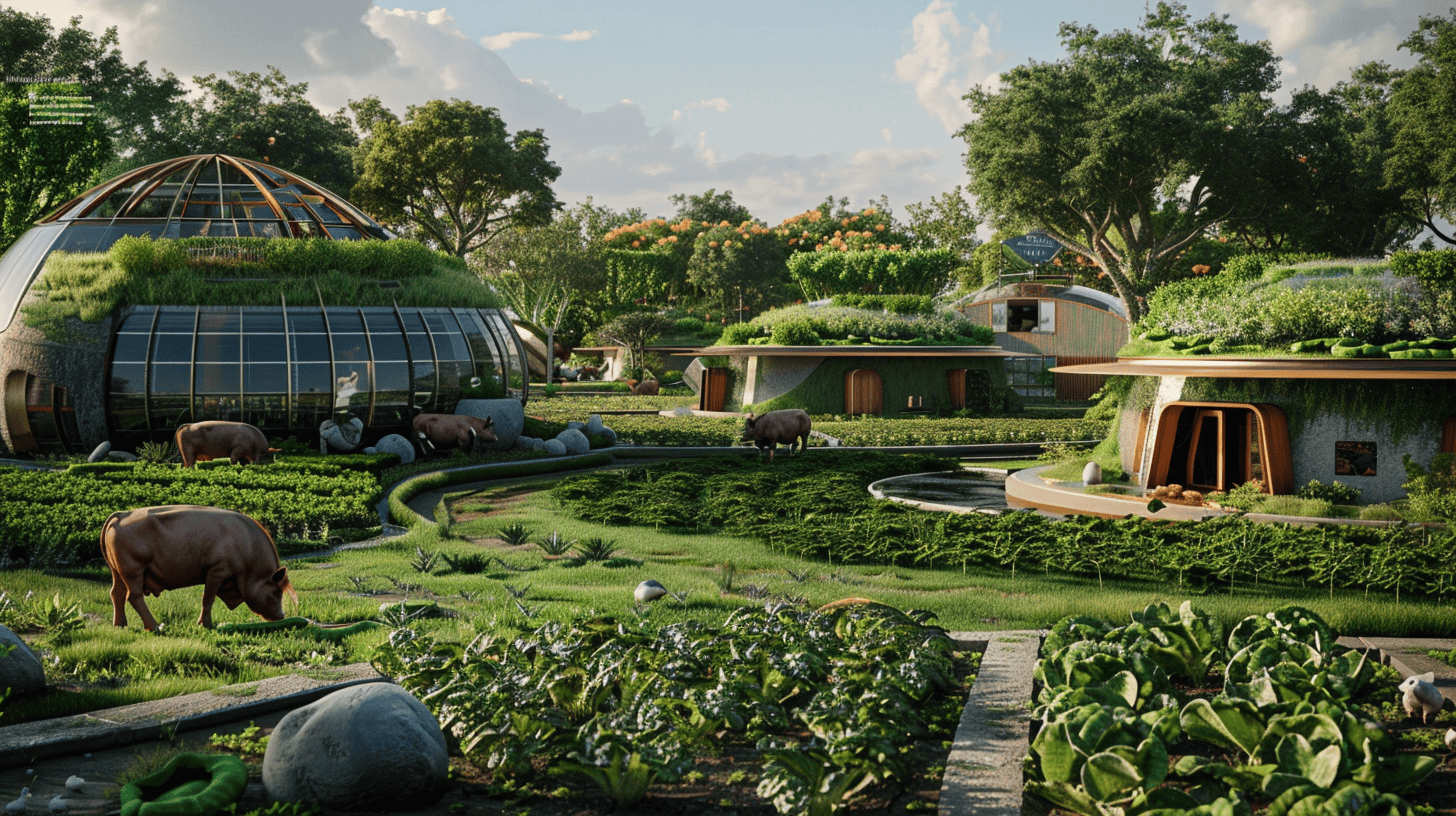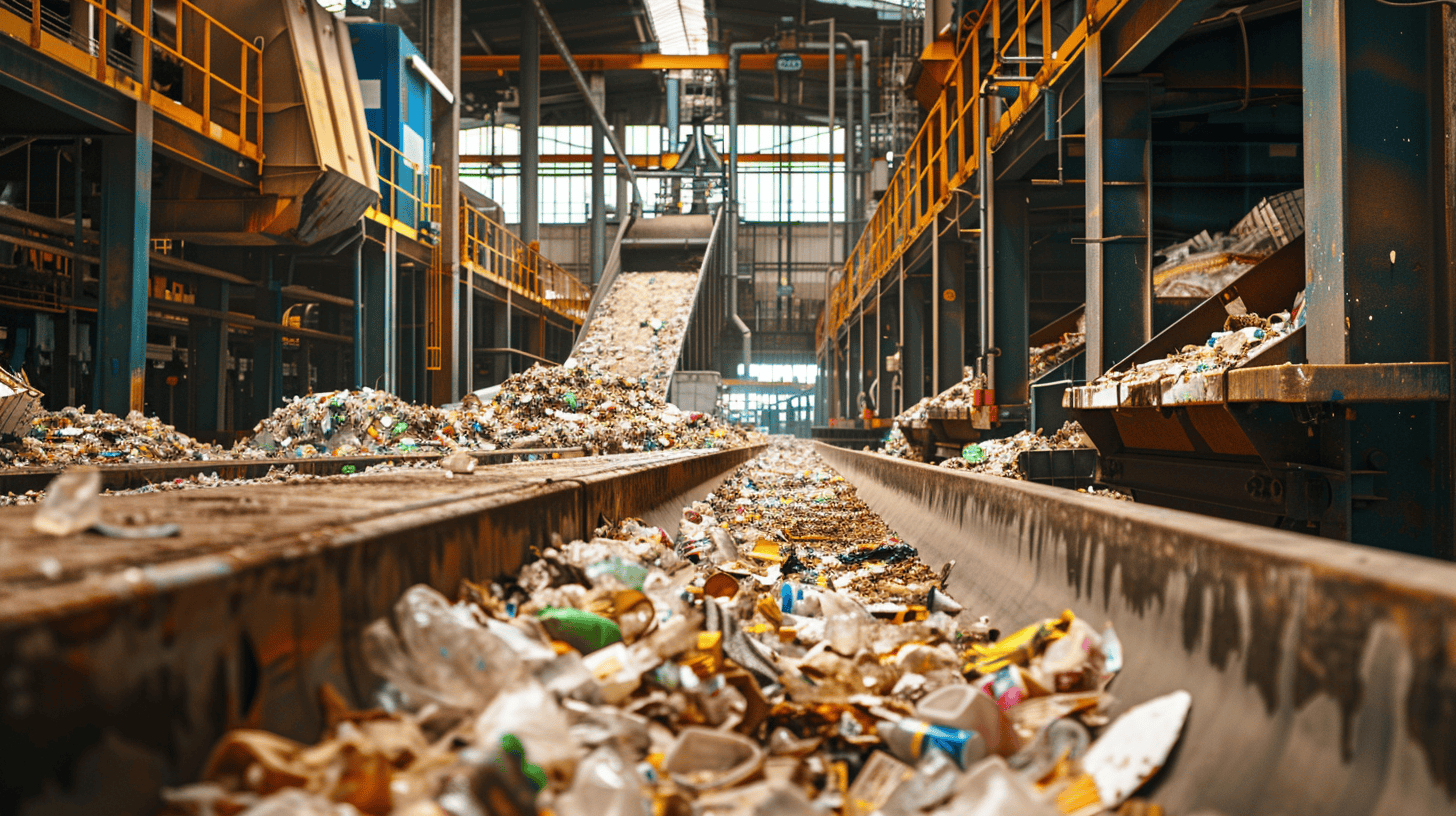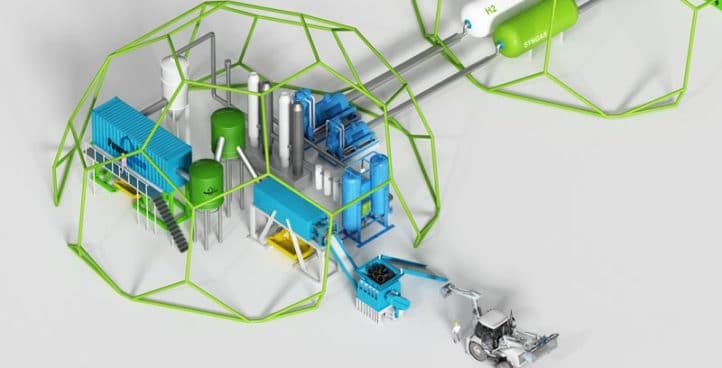
The majority of plastic that is produced eventually becomes waste. Considering how plastic can take up to 500 years in order to decompose, recycling must take precedence in order to reduce the negative impact that this material can have on our planet. However, not all types of plastics are recyclable. For example, black plastic food trays are still impossible to recycle and tend to end up as waste.
The PowerHouse Energy Group is taking these non-recyclable plastics and turning them into raw materials (feedstock) which can be converted into gas. In order to do be able to this, the British start-up has created the DMG® System, which carries out this process in an environmentally responsible and economically viable manner. The DMG® technology can actually be used to dispose of a wide range of waste products by using them as feedstock. This is subsequently converted into their EcoSynthesis Gas during a combustion-free process.
Their technology leaves a minor footprint which utilizes less than half an acre, making it ideal for a variety of situations. On top of that, the gas produced by PowerHouse Energy is in turn able to be used to produce chemical precursors, enables extraction of a stream of ultra-pure hydrogen gas, or is capable of generating electricity for use within a business enterprise.

Innovation Origins talked with director David Ryan about the 8- year-old start-up and the challenges of bringing this technology to the market.
How would you best describe your start-up?
We are a waste-to-energy technology company, we are focusing on regeneration of non-recyclable plastics and old components for the production of a clean gas that can be used as a replacement for natural gas in energy generation. Or alternatively, for where there is a market for hydrogen use as a resource. We do this by separating hydrogen from the gas so as to produce hydrogen which is compatible for fuel cells.

What exactly are non-recyclable plastics?
Okay, non-recyclable plastics are typically plastics that are contaminated or those for which there is no current recycling scheme. At present, these include black food plastic trays or the hard plastic that we use for garden furniture and such like. Generally, there is no recycling available for these and these kinds of plastics will most likely end up in a landfill.
All in all, that sort of defines what feedstock is. What we do with it is: we introduce the feedstock into a controlled environment and then melt down the plastics until they are vaporized. We monitor the environment so that we eventually break down all of the long chain hydrocarbons, which gives us a mixture of gas principally made up of methane, carbon monoxide and hydrogen.
How much plastic waste do you process daily?
Technically, the unit we are currently working with has a capacity for 25 tons, but in our planning application for the first site, we have actually asked for the site to have a capacity of 40 tons. We think that the process will scale up to 40 tons, to a certain extent the process will work better this way.
However, at the moment the plant is working with 25 tons per day. It is a module plant and its a bit like it was dropped out of the back of a lorry. What I mean is that the main process unit itself is a bit bigger than a container, but only just a bit bigger than a container.
One ton of plastic, how much gas would that produce?
That would be a volume of about 30 square meters of gas, 30 to 35 depending on the sort of plastic. The gas has about the same sort of energy value as natural gas. That varies from 30 to 40 megajoules per kilogram.
Where does the plastic come from?
In the UK and in many parts of the industrial world, it would normally come from plastic recycling companies. Commercial and domestic waste goes to a major recycler. It first gets sorted in a municipal facility. Then it goes on to a plastic recycler who does a more careful selection of the plastic that they want. Lastly, what comes to our process is the plastic they are unable to use. It usually has been through three levels of sorting before it reaches our PowerHouse equipment.
So, is it mostly British plastic?
No, no. We are currently developing our first site here in the UK because this is where we are based. But it could be anywhere, and we carry out analysis of feedstock at each location so as to make sure that we are able to fine-tune the chamber conditions for the plastic in those countries. Because plastic, and how plastics are used, does vary from country to country.
What is the main difference between natural gas and the gas that you produce?
We are closer to the old form of municipal gas, before natural gas was ever used. This means we have carbon monoxide content, as well as methane. As such, in some ways it seems like I am going back to the future by generating a municipal gas. Some parts of the world are looking into shifting towards a hydrogen economy. And this is one of the ways for switching over to a hydrogen-based economy, as we are already using a greater proportion of hydrogen in the gas stream.
Is there another use for hydrogen?
Yes. So, typically we can produce a volume of between 1 and 2 tons of hydrogen for fuel cell-powered trucks and shipping vessels. Therefore, one ton of hydrogen provides enough fuel for 30 trucks covering 300 miles. Normally, we would replace diesel, which has a daily production of about 70 tons of CO2. And a fuel cell-powered truck only produces water, there is no pollution.
[youtube https://www.youtube.com/watch?v=vaKKfP6Rt5c]
What are some of the biggest obstacles when it comes to building up a company like this?
The company should not have gone to the market when it did, which was without the technology. So, there was and is always the market expectation that we’re ready to go. While it takes such a long time to develop the technology. That was one. The biggest challenge is then securing sufficient funding in order to complete the research and development phase. And at the moment, my biggest challenge will be building the first factory. We have a demonstration-sized plant, but we have to build a full-sized commercial plant. Building that – that’s my next challenge.
Are all processes currently being carried out in a demonstration-sized plant?
Yes, and the laboratory and the desk engineering and such like. We are confident in the scale-up. Think about it, if you consider that we are introducing a huge amount of plastic into a chamber which it is about 800 degrees C, it is not such a technical challenge to envisage how the plastic will melt and turn into gas. This is why the scale-up issue is, in fact, related to the characteristics of the gas. As in, we need to make sure that the gas we are seeking in the commercial plant, is going to be exactly the same that we find in the demonstration plant. Although we do have a more synergistic approach. We check the work that we are currently carrying out and are using it as a benchmark.
And what has been the most gratifying moment for you?
Getting the gas, producing the gasses. We did the desk engineering, the theoretical models and then went on and did the actual demonstration so as to prove that we were getting a syngas comprised of more than 60 percent hydrogen. This is good for precision-engineered hydrogen production. That was fantastic.
The actual commercial contract we signed for our first factory – that felt pretty good as well.
In the upcoming year?
This year we are applying for a permit for the first block of land. We are also h0ping to secure funding for 11 plants. Which means that I am talking to pension investment advisors and investment companies, etc., with the aim of funding a UK pipeline for 11 projects. And then next year I will be looking into developing 2 or 3 other sites.
What makes PowerHouse Energy different from other start-ups?
We have a unique product, there are similar companies working on waste oils, although at present, no one else seems to be busy with the waste gas route, specifically not with hydrogen. In this case, we see ourselves as pioneers within the hydrogen economy.


